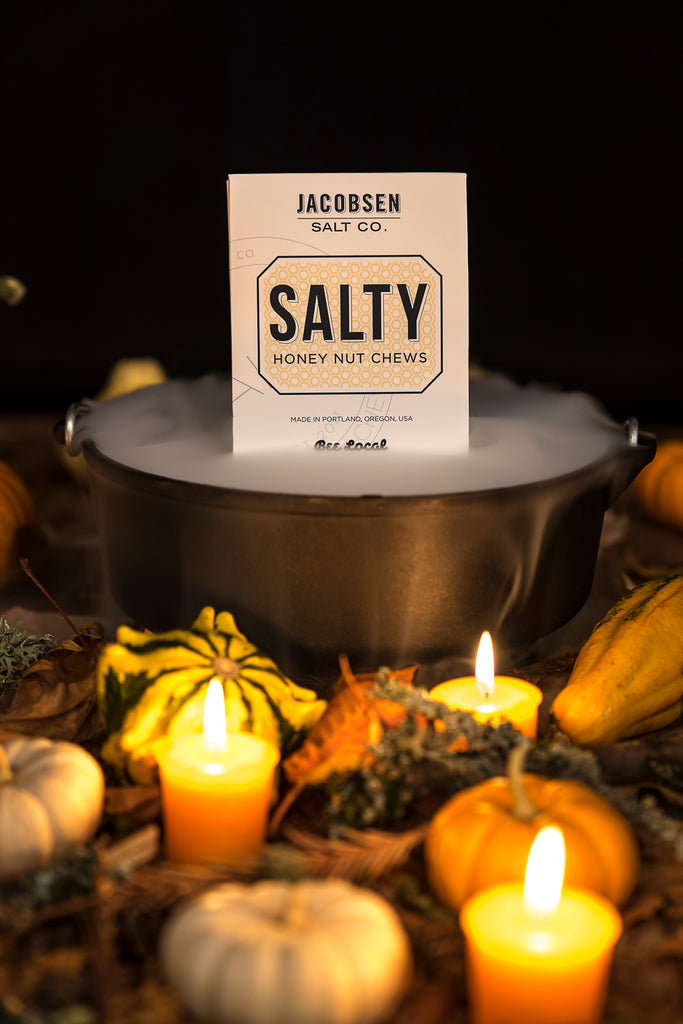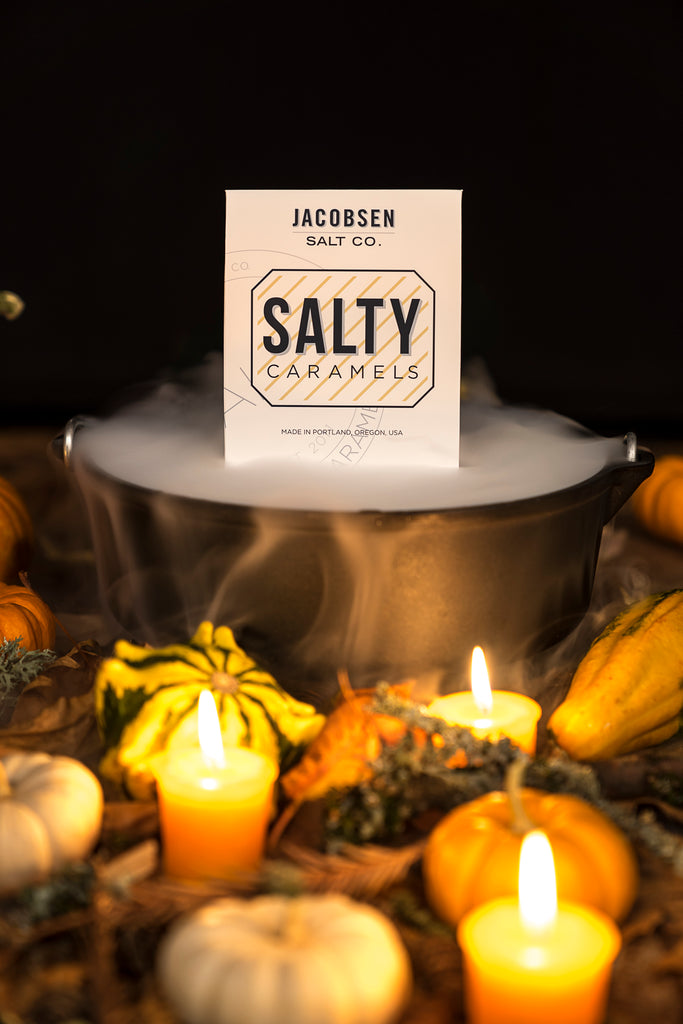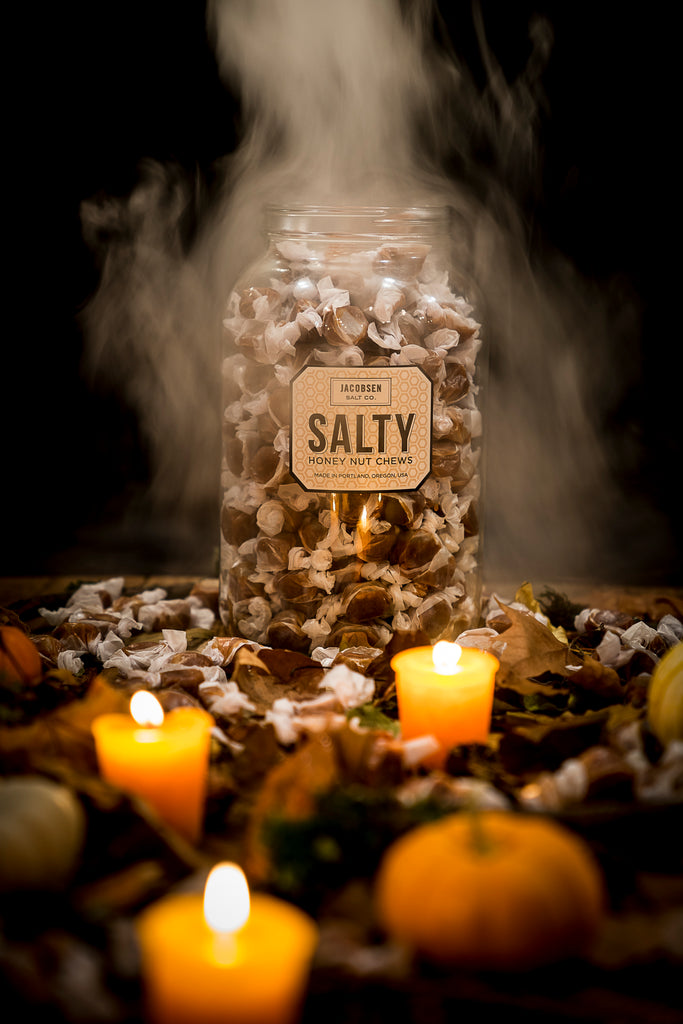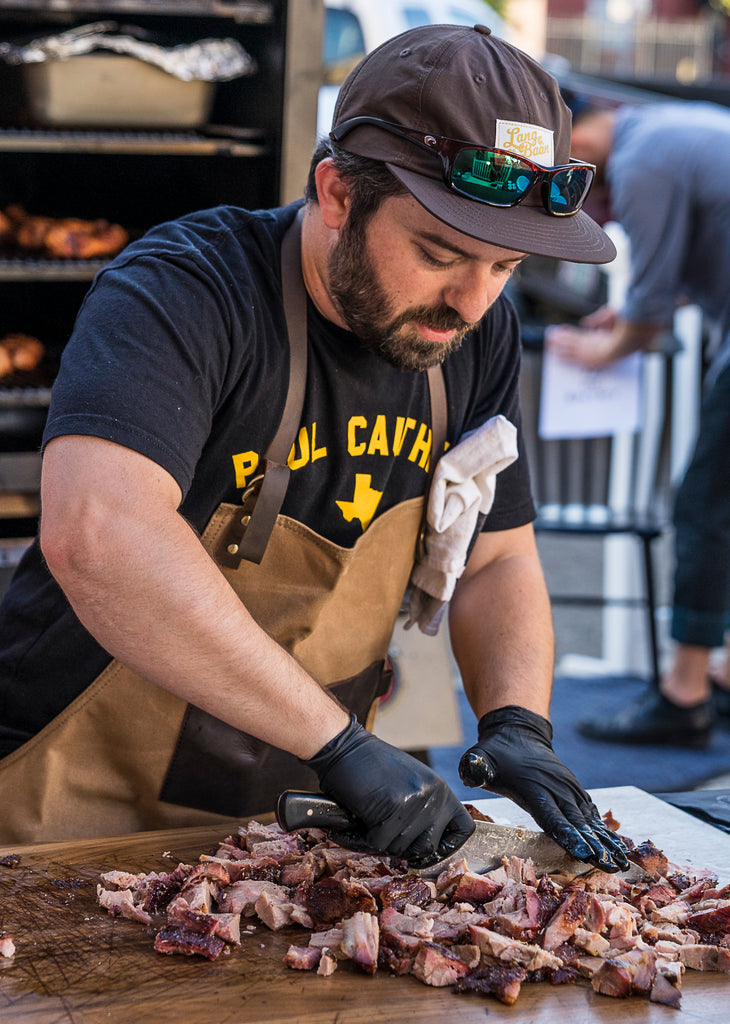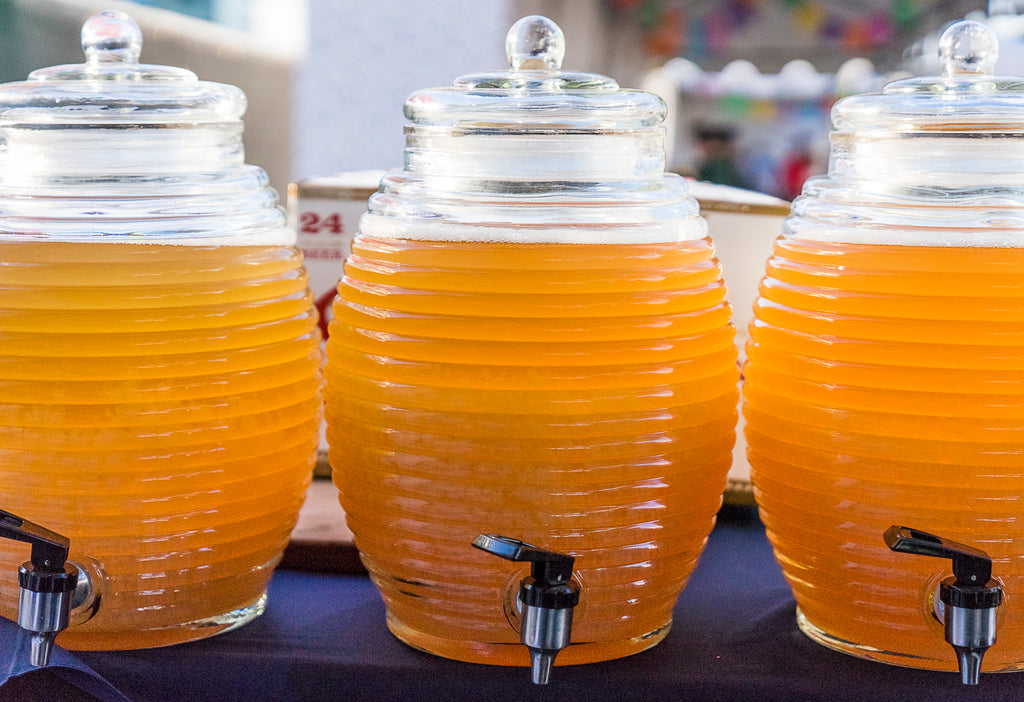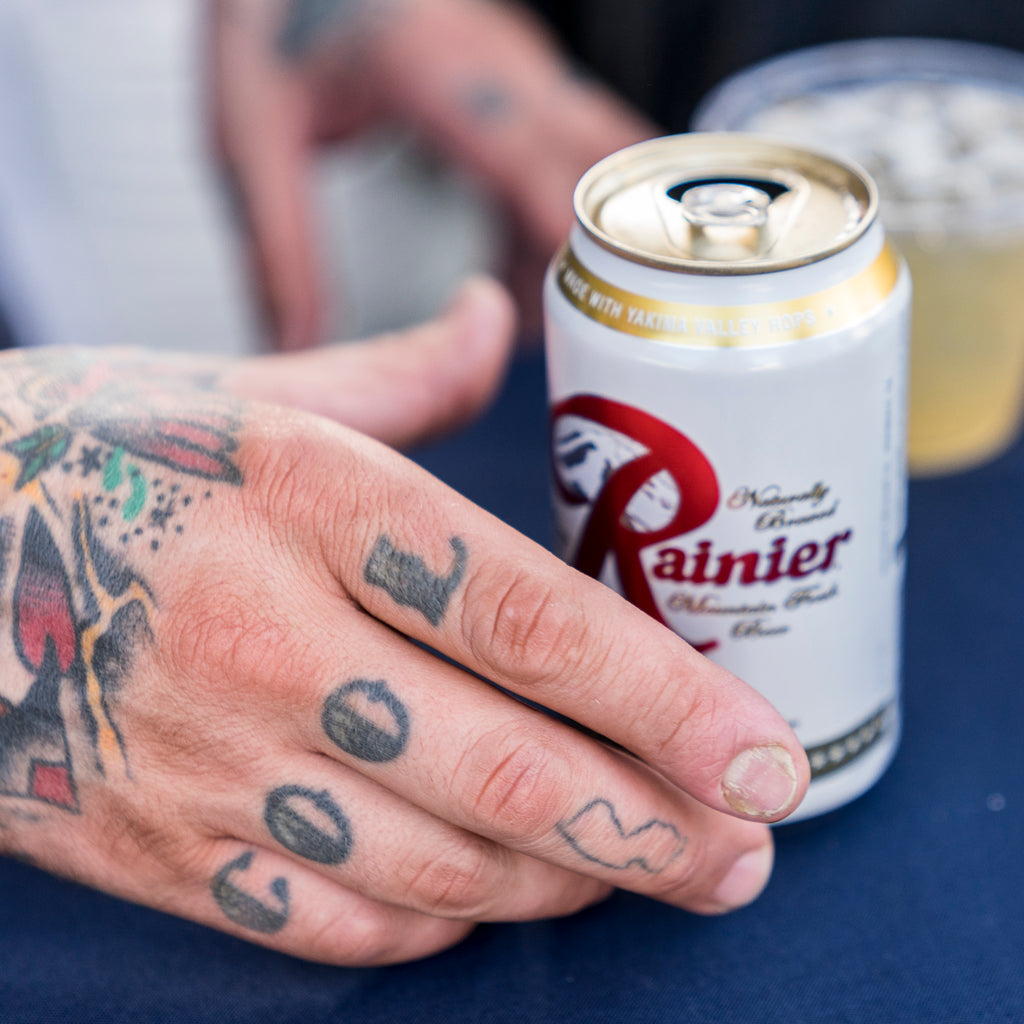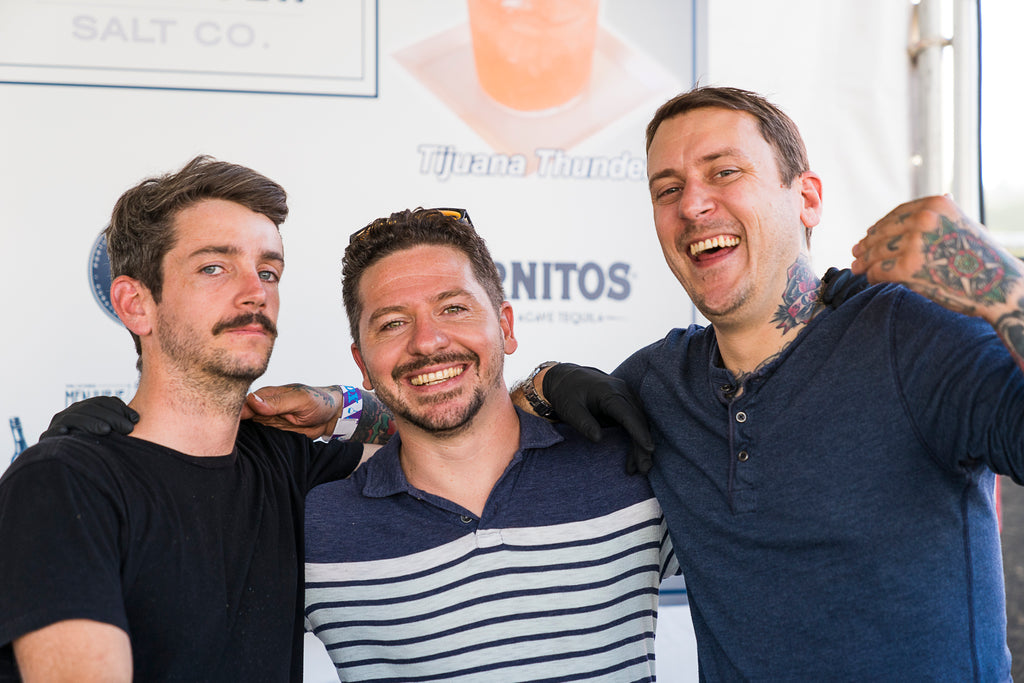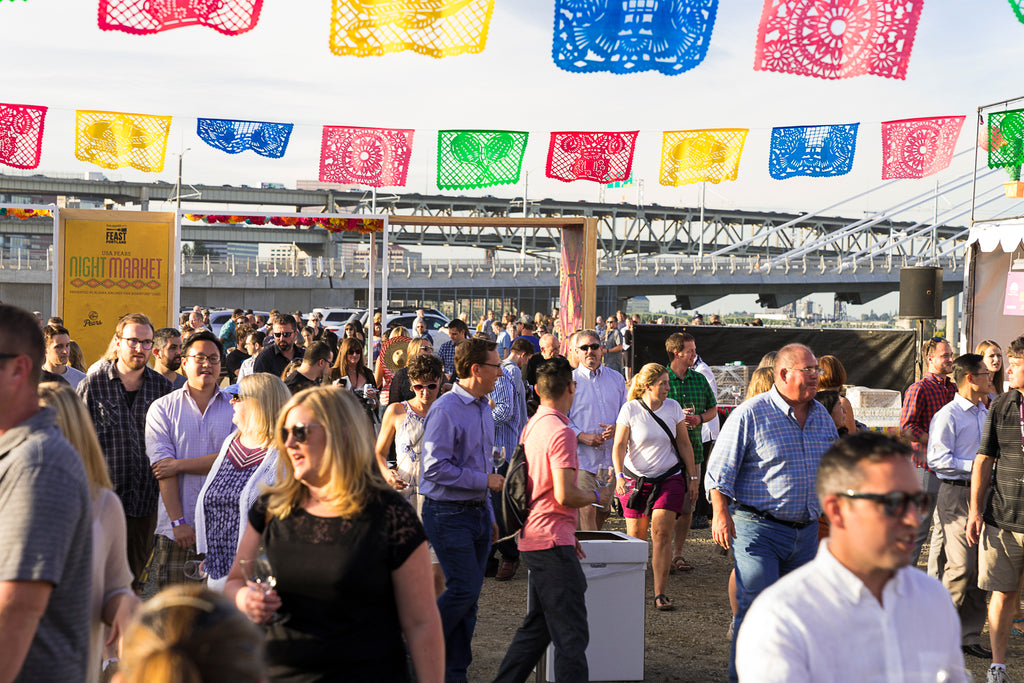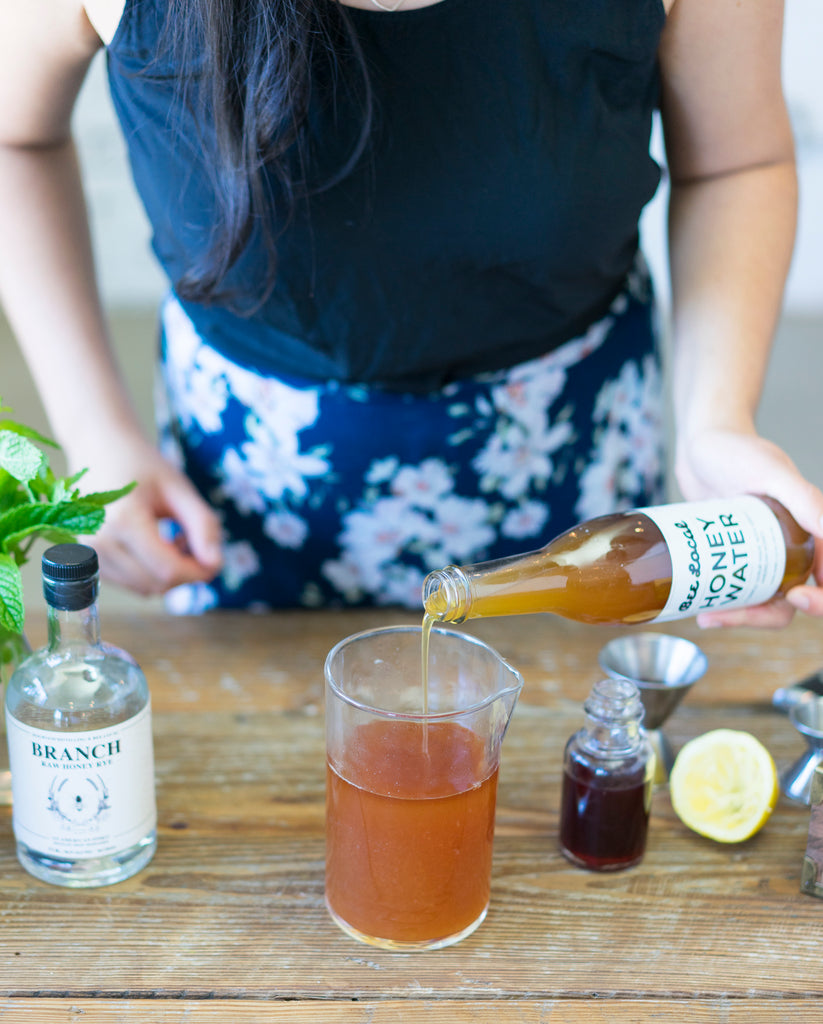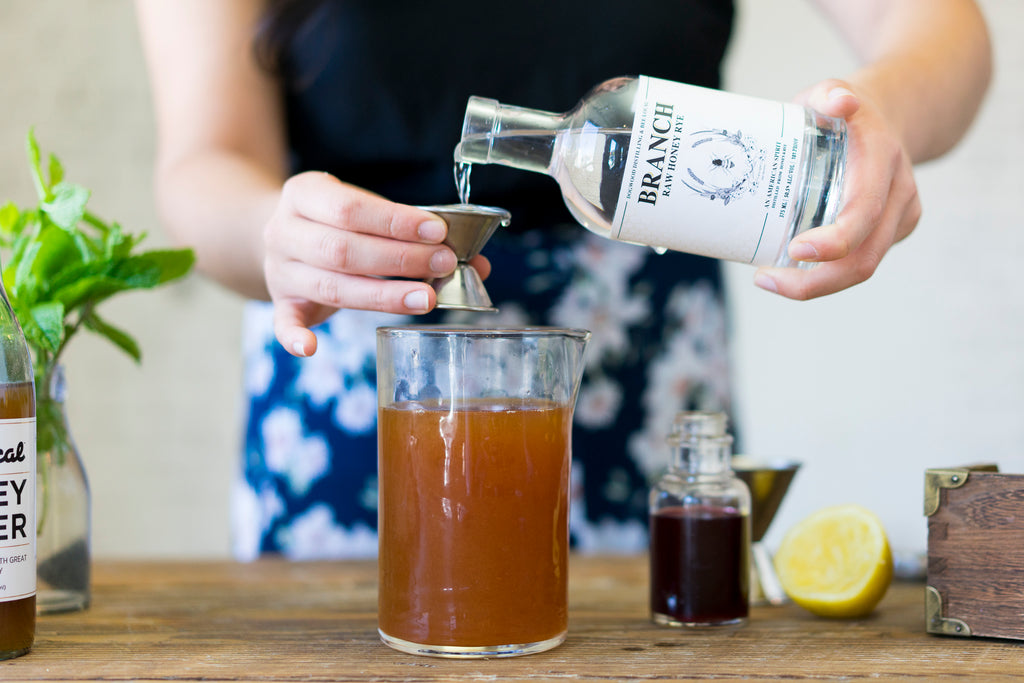FATHER'S DAY w/ CHEF CARLO LAMAGNA - CLYDE COMMON
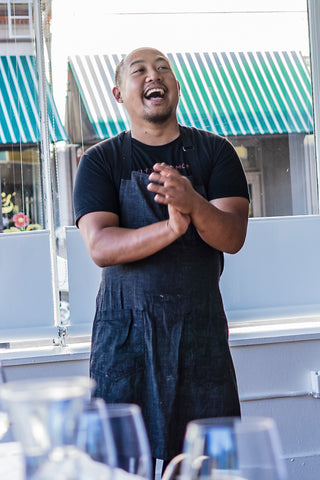
Father’s Day is almost here. Knowing how hard it is for a busy chef to balance work and family life - we wanted to pay tribute to some of the hardest working dads.
In the first of this series, we ask dad Carlo Lamagna, Executive Chef of Clyde Common, what family means to him. His responses are insightful, candid, and from the heart.
We hope you enjoy this intimate look inside the lives of our Chef Partners away from the kitchen.
What does family mean to you?
Family is foundation. I believe this is where it all starts. The person you become starts with family. Family is not limited to your biological parents or siblings, but can be those you keep close to you. Family are the people who help you become you, through thick and thin.
How do you balance your work life as a chef and home life as a father?
This one is a tough one. Being a chef is a tough job, you basically are working all the time, whether it's in the kitchen cooking or answering emails at all hours of the day. For a long time, this is what we work hard to become.
After having Rishi, it all switched. The priorities you set out for yourself as an individual change drastically. Before, it was all about work and improving, pushing your limits to become the best. Now, it is making sure you are the best possible father you can be.
I screwed up when I was younger. I have an older son, Elijah. I was 19 and didn't have a clue in the world. I wasn't a great dad, because I was struggling to find my own identity. You grow up quick though. We are in a great place now and we see each other often.
I didn't want to mess it up the second time around so I made a conscious effort to put my family first as much as possible. It's a juggling act, but it works. I make sure my days off are my days off and focus on being with my family. Again, it's not perfect, but we try. It's a team effort. If my wife wasn't all in either then it wouldn't work at all.
Tell us about the biggest challenge you’ve faced as a father and how you have overcome it?
Honestly, the biggest challenge is the constant fear. Not for myself, but for the little tiny human that is running around. You hear a lot of bad shit that happens in the world, and b.f (before fatherhood) you just said," that sucks " then move on. Now, it's totally different.
You become worried and protective of your child. You want the best for him or her and want them to be safe all the time. This was a tough thing to deal with for me, and it still is. I try not to be overprotective, but I can't help but worry all the time. Little by little though, I realize that he is a smart and tough kid. He is learning and growing everyday so you let things go little by little.
Don't get me wrong, I will always worry, but at least I know that there are some situations that he can handle.
Can you tell us about something that makes you happy as a father?
It's the small stuff. The unconscious reach to hold my hand, the kisses from out of the blue, the "I love you" when you least expect it, the cuddles at night, the cheer in his voice when he sees me. Love it.
How do you celebrate Father's Day with your family?
We usually celebrate by going out to eat, somewhere kid friendly. I tried starting a tradition of going fishing, but it didn't go so well. It was a funny story, we went fishing at Sauvie Island and it was lightly misting. It was a serene setting and I was happy as a clam. Anj and Rishi were out and about walking.
I went to switch spots and meet up with them when we heard some loud braying. Long story short, we were chased out by a bull and his calf. Guess he was celebrating Father's Day too...
Is there anything else you would like to share with us?
Anyone can be a father, but not everyone can be a dad. Love your family no matter what.
__________
Make Carlo's Melted Cheese Buttermilk Biscuits w/ Bee Local Hot Honey for the dad in your life!
You can find Chef Carlo at Clyde Common and be sure to follow him on Twitter: @twistedfilipino



